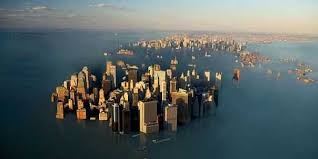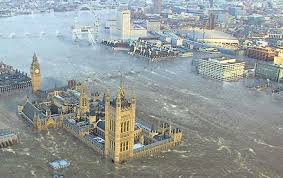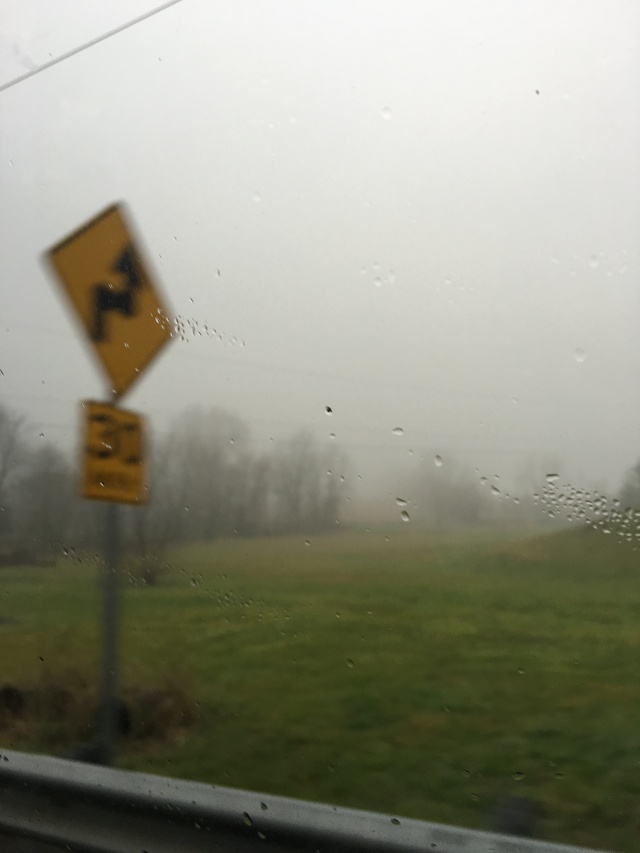[photo taken on Christmas Day in Pennsylvania 2015 when the temperature was about 60 degrees and normally is below freezing.]
I met the delightful and inspiring Amaya Shah when I volunteered to man a table at the STEM Sisters Full Steam Ahead program held in November of 2016 at Thaddeus Stevens College of Technology. It was a wonderful day devoted to providing young women with information about careers in STEM, science, technology, engineering and math. I was enamored with Amaya, an 8th grader who loves music and plays the saxophone in jazz band, the oboe in concert band, and piano for herself. She also sings in the chorus, takes classical Indian dance which allows her to make friends and connect with her ancestry, AND she wants to be an environmental engineer. Her enthusiasm for the environment is palpable, even spilling over into the food she eats — she’s a vegetarian because the raising of vegetables emits fewer greenhouse gasses than the raising of meat. Plus, she couldn’t stop talking about the environment and is part of the environmental club at school. Amaya reports that she’s loved all animals since she was little and that love later grew into her love of science and the environment.
As a result of our meeting, I asked Amaya to write a blog post about whatever environmental topic she was most interested in. This is what she wrote:
What Cure the Crisis
By Amaya Shah
Climate change is caused when greenhouse gasses are released into the air. Today, those greenhouse gasses, like carbon, are released into the air through the burning of fossil fuels. The carbon and other similar acting gasses “blanket” the Earth and trap the Sun’s heat. This warms the planet, making the climate change. Many people think that the only consequence of burning the fossil fuels and releasing the greenhouse gasses is making the Earth warmer, but the consequences are practically unlimited. If we continue to warm the planet at this continuous rate we will be placed into situations that as a human race, we cannot get out of. Some of those situations include rising ocean levels due to melting ice in the Arctic, more droughts and heat waves, animals unable to adapt to the rising temperatures, dirtier air, and higher death rates. The list could go on, but as we have seen, these situations are already very dangerous. And although all climate change consequences affect every human on this planet, the way climate change affects the ocean is one of the most important consequence of them all.
Continually since 1960, the sea surface temperature has risen. The ocean’s surface temperatures have never risen so fast since the early 1880s. If the ocean continues to have rising temperatures, marine life could be altered in many ways. The changing in temperatures could change where each marine species resides. It could also affect the breeding and feeding patterns of animals. Many marine animals could become extinct due to these changes within the ocean. If animals of prey leave a certain part of the ocean because it is too warm, the predator in that relationship could become extinct. Additionally, fish and other hunted marine animals could become extinct or die, forcing the fishermen who rely on them for a living to scramble for money. The breeding of different animal species could also be affected. Certain species, such as the humpback whale, rely on temperature change in the waters to tell them when to breed. However, warming waters will change the temperature on an unnatural cycle creating confusion in the marine world. In fact 80% of all marine species have changed their breeding and mating patterns due to warming waters.
The warming waters also create change at the bottom of the food chain. Zooplankton thrives in warmer water and will therefore bloom. It will then proceed to eat the phytoplankton, creating huge implications in the food chain. Those animals who rely on phytoplankton for nutrition could become extinct.
One of the most of the dangerous ways climate change is affecting the ocean is through the rising water levels. As the Earth becomes warmer, the sea ice, icebergs, and glaciers begin to melt and their waters empty into the ocean. The melting ice and glaciers feeds into the ocean, making the water levels rise. The oceans are rising 0.8 inches per year, which may not seem like much, but the amount the waters are rising will continue to increase. The difference in water levels of the ocean create more problems for humans along coastal communities, than animals who live in the marine ecosystem.
Of course one of the most obvious problems with the rising ocean levels is an increase in flooding. It is expected that coastal flooding will increase from being 300% to 900% more frequent since the past 50 years. Additionally, since the salty sea is steadily creeping inland, it could contaminate the underground freshwater coastal cities rely on for water. This could create huge implications and alter the economy because the coastal cities would need to invest in desalination plants to get fresh water to drink. As of right now, the 10 largest cities in the world are along the coast. This means that as the sea levels rise, the cities will begin to sink. 
People will need to relocate in large groups. Cities that are the economy capitals of the world could be destroyed due to climate change. There are already climate change refugees from small South Pacific Islands. As the sea levels have risen, they watched as their homes were destroyed. The worst part is that these islanders practically contributed nothing to climate change. Instead, larger countries like India, China, and the United States, were the ones who helped to ruin their houses. This is not right and something needs to be done. 
If you realize that climate change is a problem, there are many things you can do to try and stop its dangerous implications and reverse its course. Perhaps getting renewable energy for your home to stop you from relying on fossil fuels that release harmful greenhouse gasses could be a first step. Although you might not think this makes a difference, every building that is powered by renewable energy helps in the fight against climate change.
You could also lead the change in your office building or workplace by helping them to switch to renewable energy. A major bonus of renewable energy is that as fossil fuels become more expensive because they are non- renewable, renewable energy will become less expensive as technologies get better. If you already have renewable energy or you are unable to make that switch, there are multiple charities that are working towards fighting climate change. Here are a few charities that are on the battlefront of climate change: World Wildlife Federation, Environmental Defense Fund, and Natural Resources Defense Council.
One charity that is especially focusing on climate change and the ocean is Oceana. If you have a few dollars to spare and want to help save the world, these are reliable charities that are great to donate too. Of course, one of the greatest ways to help prevent climate change is to educate your friends and family. Let them know about the dangers of climate change and the ways that they can help. The prevention of climate change starts with you.
p.j.lazos 2.27.17













Yes the young are on to it and we need to sweep /away those at present in power and s pending their time shuffling the money about and getting het up about immigrants …
LikeLike
My money is also on the youth, Mari. And I know they take the rest of us with them.
LikeLike
Optimism. optimism, is what I read in your comment above. Great post.
LikeLike
Because not only at the end, but at the beginning of the day, the only thing we have is optimism. Accentuate the positive and all that, eh, Shehanne? oxo
LikeLike
If only our elected officials were as smart and as sensitive as Amaya.
LikeLiked by 1 person
So very true, Ken. In fact, I tell my kids that they only have another decade of this bull$%*# and then all these curmudgeons are going to retire and the new wave of leaders will come through. At least that’s what I hope. If anything warranted term limits, it’s the state of American politics!
LikeLiked by 2 people
Yeah. Let’s hope it’s their last gasp.
LikeLike
I try not to be mean-spirited, but they make it so hard, esp. with all the lying. oy.
LikeLike